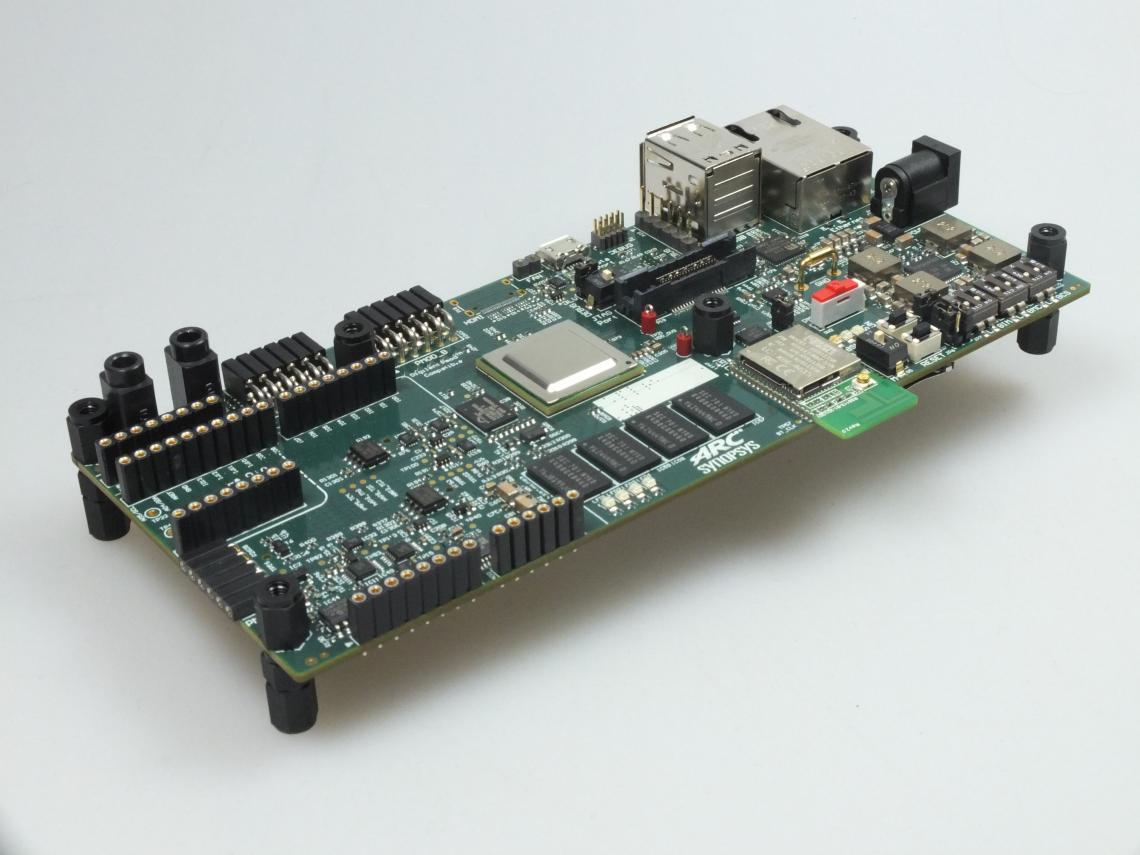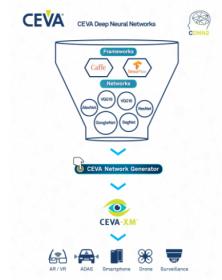Very Large Scale Integration (VLSI) engineering organizations are known for their intricate workflows that require high-performance simulation software and an abundance of simulation licenses to create cutting-edge chips. These workflows involve complex dependency trees, where one task depends on the completion of another… Read More
Tag: high performance
Five Reasons Why a High Performance Reconfigurable SmartNIC Demands a 2D NoC
As part of their webinar series, SemiWiki hosted one in June with the title “Five Reasons Why a High Performance Reconfigurable SmartNIC Demands a 2D NoC.” The talk by given by Scott Schweitzer, Sr. Manager, Product Planning at Achronix. Scott is a lifelong technology evangelist and focuses on recognizing technology trends and… Read More
De-Risking High-Speed RF Designs from Electromagnetic Crosstalk Issue
At DesignCon 2020, ANSYS sponsored a series of very high-quality presentations. Some focused on advanced methods and new technology exploration and some provided head-on, practical and actionable capabilities to improve advanced designs. The presentation I will discuss here falls into the latter category. The topic was… Read More
It’s The Small Stuff That Gets You …
The last session I attended at DesignCon 2020 wasn’t a session at all. Rather it was an interactive discussion with Todd Westerhoff, product manager for electronic board systems at Mentor Graphics. Todd made some observations about the way high-performance PCBs are designed today and perhaps the way they should be designed. … Read More
Platform ASICs Target Datacenters, AI
There is a well-known progression in the efficiency of different platforms for certain targeted applications such as AI, as measured by performance and performance/Watt. The progression is determined by how much of the application can be run with specialized hardware-assist rather than software, since hardware can be faster… Read More
More Than Your Average IP Development Kit
When I think of an IP development kit, I imagine software plus a hardware model I can run on a prototyper or, closer to the kits offered by semi companies, software plus a board hosting an FPGA implementation of the IP along with DDR memory, flash and a variety of interfaces. These approaches work well for IP providers because hardware… Read More
DSP-Based Neural Nets
You may be under the impression that anything to do with neural nets necessarily runs on a GPU. After all, NVIDIA dominates a lot of what we hear in this area, and rightly so. In neural net training, their solutions are well established. However, GPUs tend to consume a lot of power and are not necessarily optimal in inference performance… Read More
Embedding FPGA IP
The appeal of embedding an FPGA IP in an ASIC design is undeniable. For much of your design, you want all the advantages of ASIC: up to GHz performance, down to mW power (with active power management), all with very high levels of integration with a broad range of internal and 3[SUP]rd[/SUP]-party IP (analog/RF, sensor fusion, image/voice… Read More








